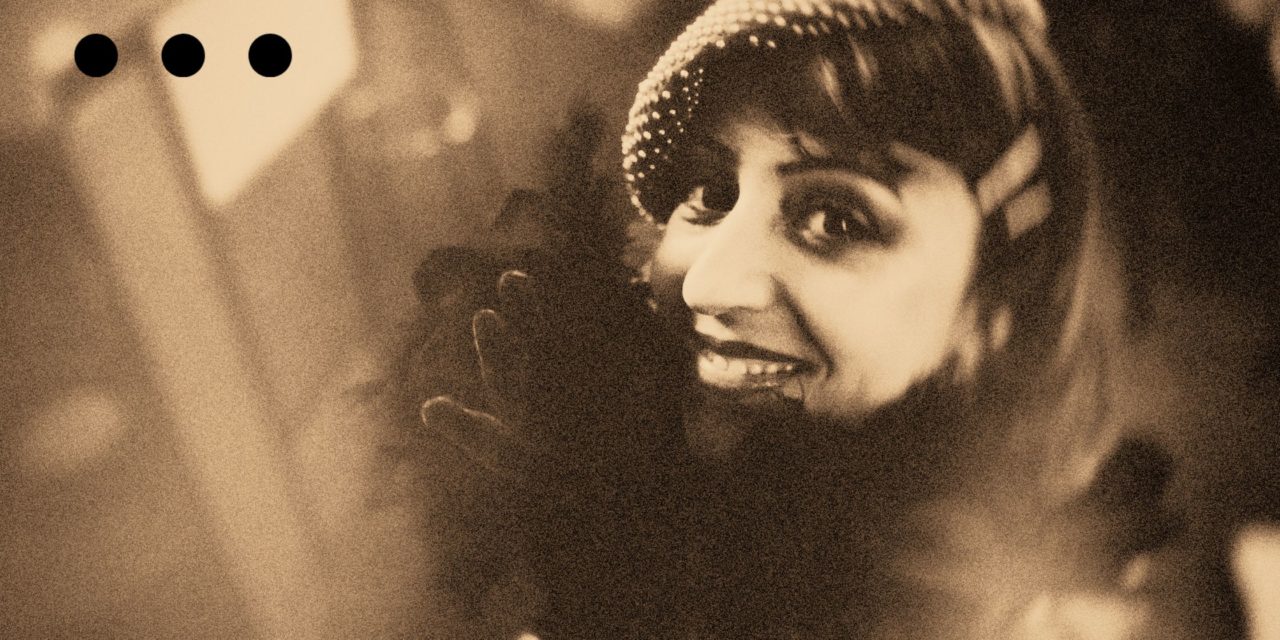It’s official, the sober lifestyle is in, and not just for those who are in addiction recovery. You don’t have to look hard to see the proof. Take, for instance, the rising popularity of Dry January (which originated in 2013 in the UK) in the U.S.; interest, as indicated by search engine queries per Google Trends, has nearly tripled from the previous year, which at the time was record-setting itself. Then there’s the rise of sober nightclubs and sober bars, the proliferation of mocktails and alcohol-free beer on restaurant menus, and the growing holistic health movement that has many people reevaluating what they consume.
Pair all of this with the fact that younger generations – millennials and Gen Z – drink a lot less than their older peers, and it’s clear that this isn’t just a temporary fad but a lasting cultural shift in America’s relationship with alcohol. This new temperance movement reflects a number of confluent factors that all seemed poised to alter the future of alcoholic beverages in the country.
What was the Temperance Movement?
The temperance movement was a social movement in the late 19th and early 20th centuries in the United States. It was started by a diverse group of individuals and organizations, including religious leaders, women’s groups, and health and welfare advocates who were fueled by concerns about the negative effects of alcohol on individuals and society, such as poverty, crime, and domestic abuse. Many of the movement’s leaders and supporters believed that limiting or prohibiting alcohol consumption would lead to a reduction in these problems.
Initially, the temperance movement sought to limit the consumption of alcohol for moral, health, or economic reasons, and was later followed by religious and moral objections to drinking. These efforts were wildly successful and eventually led to the passage of the 18th Amendment to the U.S. Constitution, which prohibited the manufacture, sale, and transportation of alcohol in the United States, commonly known as prohibition.
However, this legislation failed to solve the problem that temperance had hoped to solve. It was wildly unpopular with the American public due to a combination of negative economic impact, lack of public support, and difficulty in enforcing prohibition. This led to the decision to repeal prohibition and thus the 21st amendment was passed in 1933.
Temperance: Then and Now
Unlike the temperance movement of the past, this new shift away from alcohol consumption isn’t driven by moral concern. Rather, it’s a growing awareness of the health risks of drinking. In 1991, public health officials declared wine as something heart-healthy, and Baby Boomers began buying it by the caseload. However, that myth has since been debunked along with other claims about how moderate levels of drinking minimize health risks.
Modern Alcohol Consumption Trends
This distinct difference in why people today are shunning alcohol, has led to new, distinct trends in America’s consumption habits. These reflect the changing values in today’s increasingly health-conscious society.
One of these labels is ‘sober curious’, which celebrates the sober lifestyle without requiring anyone to commit to complete or absolute abstinence, whether it’s a matter of desire, or ability. For these individuals, sobriety is a choice, typically born out of concern for health and wellness reasons.
The other is called ‘California sober’ and describes an individual who refrains from consuming alcohol (and likely other drugs), but uses marijuana. Numerous studies have shown that marijuana is far less dangerous than alcohol in terms of side effects, overdose risks, and the likelihood of addiction.
Is this the end of drinking culture in America?
While it might sound outlandish to picture an America where drinking is no longer a routine part of our society, this wouldn’t be the first time there was such a shift. This same cultural shift happened with another of America’s favorite vices: nicotine cigarettes.
First popularized in America after the Civil War, the 19th century invention of the cigarette rolling machine made smoking widely accessible throughout the country. The average cigarette consumption per adult in the 1960s was 4,345 (compared to 54 back in 1900). Lots of Americans were smoking, doing so frequently, and around their children. Then came the medical findings linking smoking directly to serious health issues.
These findings became widespread after the Surgeon General’s Report on Smoking and Health was released in 1964. This report, issued by the U.S. Public Health Service, concluded that smoking was a major cause of lung cancer and other health problems. This worked and the public image of smoking changed.
No longer was smoking the glamorous pastime for movie starlets and cowboys. Socially, it had begun to lose its charm, a change hastened by policies limiting where smoking was permitted. In 2018, cigarette use hit an all-time low of only 13.7% of American adults partaking in the occasional puff — more than two-thirds the number before the Surgeon General’s first warning 50 years ago.
As such, alcohol might just be another of a list of substances that have come and gone out of fashion. Resulting legislation may follow in the anti-cigarette movement’s footsteps and see increasing limits, or even outright bans, on who can consume alcohol and when.
Sources:
https://daily.jstor.org/a-brief-history-of-tobacco-in-america/

